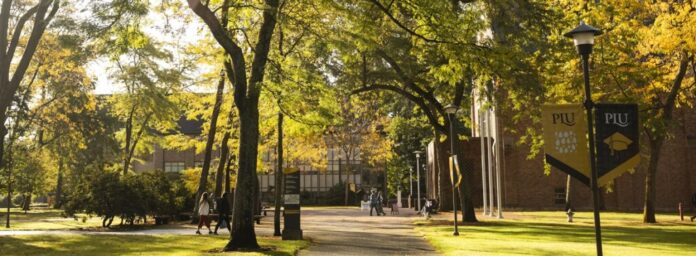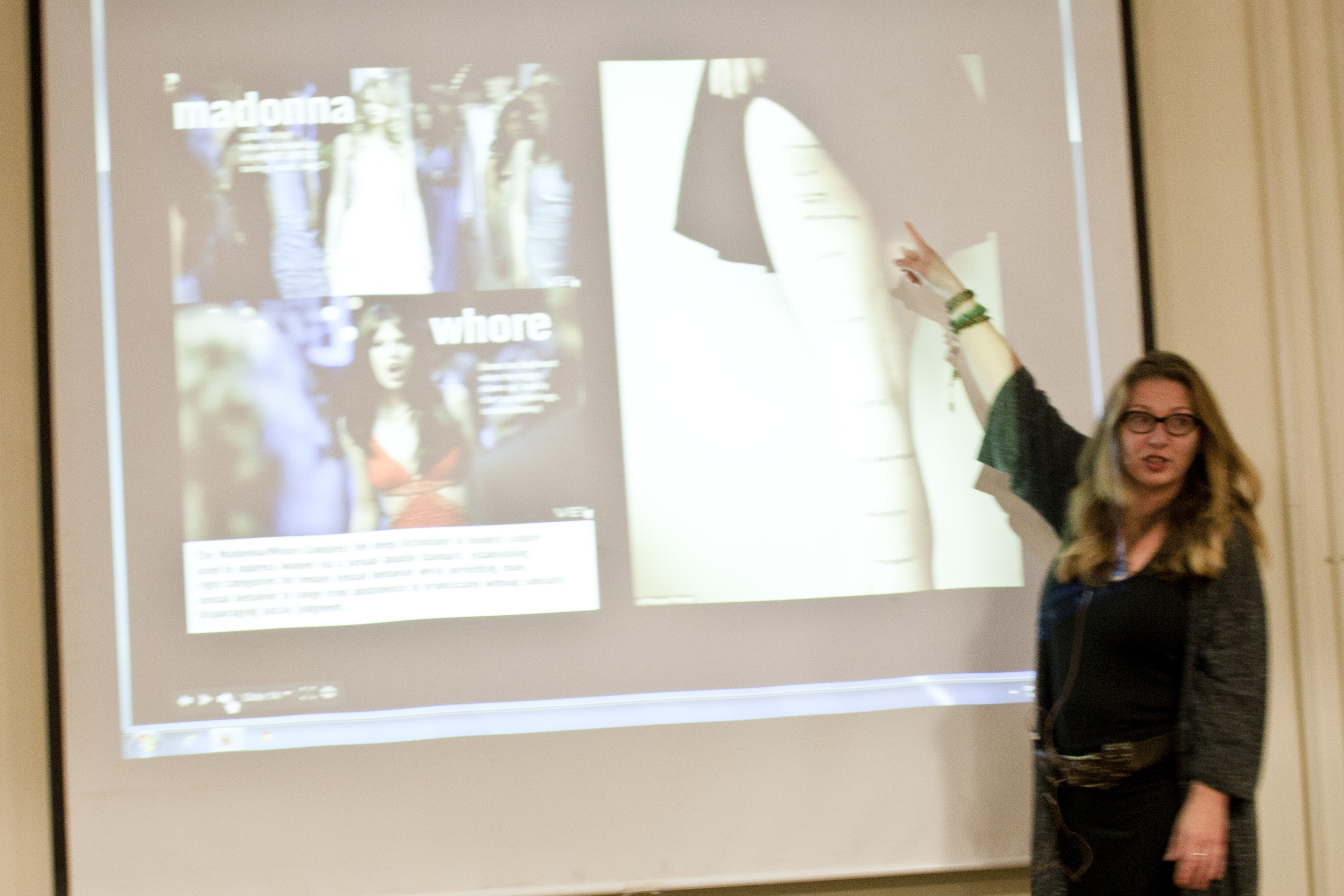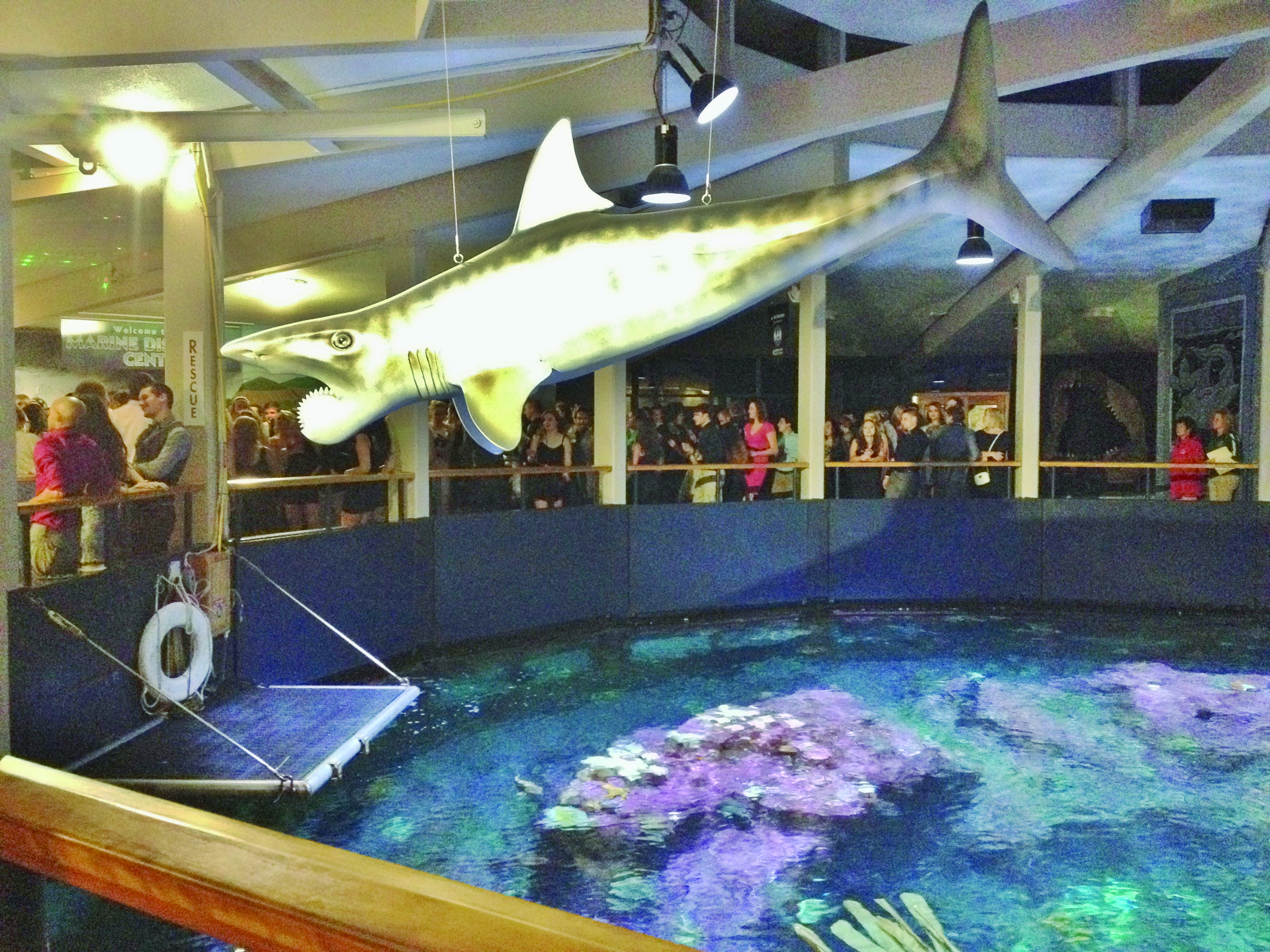Last March, I wrote an opinion piece on the lack of lower lighting on PLU campus. This article is a follow up piece aimed at providing a comprehensive view of the university’s perspective on the topic.
As of September, many lights on campus have been fixed, replaced, or added. The broken and bulbless spheres bordering the Foss field side of the swimming pool are now fully glowing. Red Square is illuminated by spotlights from KHP and tall fixtures next to the building. This change came only after a semester of frustration and a strongly worded article.
The now former Assistant Vice President (AVP) of Facilities Management (FM), Ray Orr, told The Mast in April that there are “…at least a couple thousand” exterior lights around campus, whose longevity is based on “…the technology of those lights, the age, and where they are on campus.” The lights “… can last from a year or two to ten years,” noted Orr. When these lights go out, however, the upkeep process is rather strenuous. Understaffing has been the biggest contender of whether the lights are getting fixed or not. Orr states that “… two people for all of the lights on campus for 1.2 million square feet is quite a bit.” He added that FM uses a work order system which “… helps us gauge the priority of those work orders.” Work orders take about 11 days to complete, and can be submitted through FM website under documents and forms, calling the front desk at FM, telling an RA, or communicating with Campus Safety.
In my opinion article, I proposed that PLU adopt a Campus Outdoor Lighting Plan similar to that used by the University of Oregon (UO). UO has a plan that includes general lighting requirements, the university’s criteria for selecting light fixture designs, and a map of outdoor lighting walkways. When asked about the possibility of this type of plan coming into effect at PLU, Orr commented that “the facilities staffing they have is a lot larger than our staff here.” He elaborated, stating “like I mentioned I’ve got two folks for 1.2 million square feet in lighting and all the other general maintenance. University of Oregon has a full staff that can do exterior lighting and probably have more grounds people that can help out in those different areas, so our staffing is very limited.”
Despite initial reluctance to the proposed plan, Orr stated that “it is a nice plan to have, but you definitely need a committee group of people to put it together and then mark all your lighting, which is immense. We do it just by driving around where the lights are out and marking them, and then using the community feedback.”
While a campus-wide lighting plan is not in the works, there are other ways for the PLU community to ensure their safety concerns are addressed. Among these available resources is the The PLU Safety Committee is something that the university is “required to have… by outside regulatory requirements,” according to the Risk Services Director Shawn Thomspon. The Safety Committee meets bi-monthly, and consists of campus staff, faculty, and organizations. According to the Department of Environmental Health and Safety, the Safety Committee’s purpose is to “…come together to discuss recent incidents/injuries, causes, and remedial actions; building safety inspection results; local and state agency visits and, if any, identified violations; PLU’s occupational health, safety and accident prevention program; risk management; and safety initiatives.”
The Safety Committee Members meet bi-monthly, and includes campus staff and faculty members such as the Environmental Health and Safety (EHS) Manager, Campus Safety, Facilities Management, and representatives from ASPLU and the Athletics department. In an interview with the Director of Risk Services, Shawn Thompson, Thompson stated that PLU is “required to have a safety committee by outside regulatory requirements,” which is also “written into university policy.”
When it comes to students expressing their safety concerns, Orr, Fulkerson, and Thomson all suggest that students talk with their RA’s, CD’s, or Campus Safety, and encourage emailing and filling out work order forms if they have concerns. Orr emphasized that “because we are a small community, I feel that’s a fine plan because if people are thinking about it and know that they have contact through ASPLU, Campus Safety, ourselves, [and can] just identify those things I think that can work out great.”



















